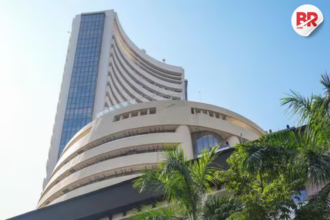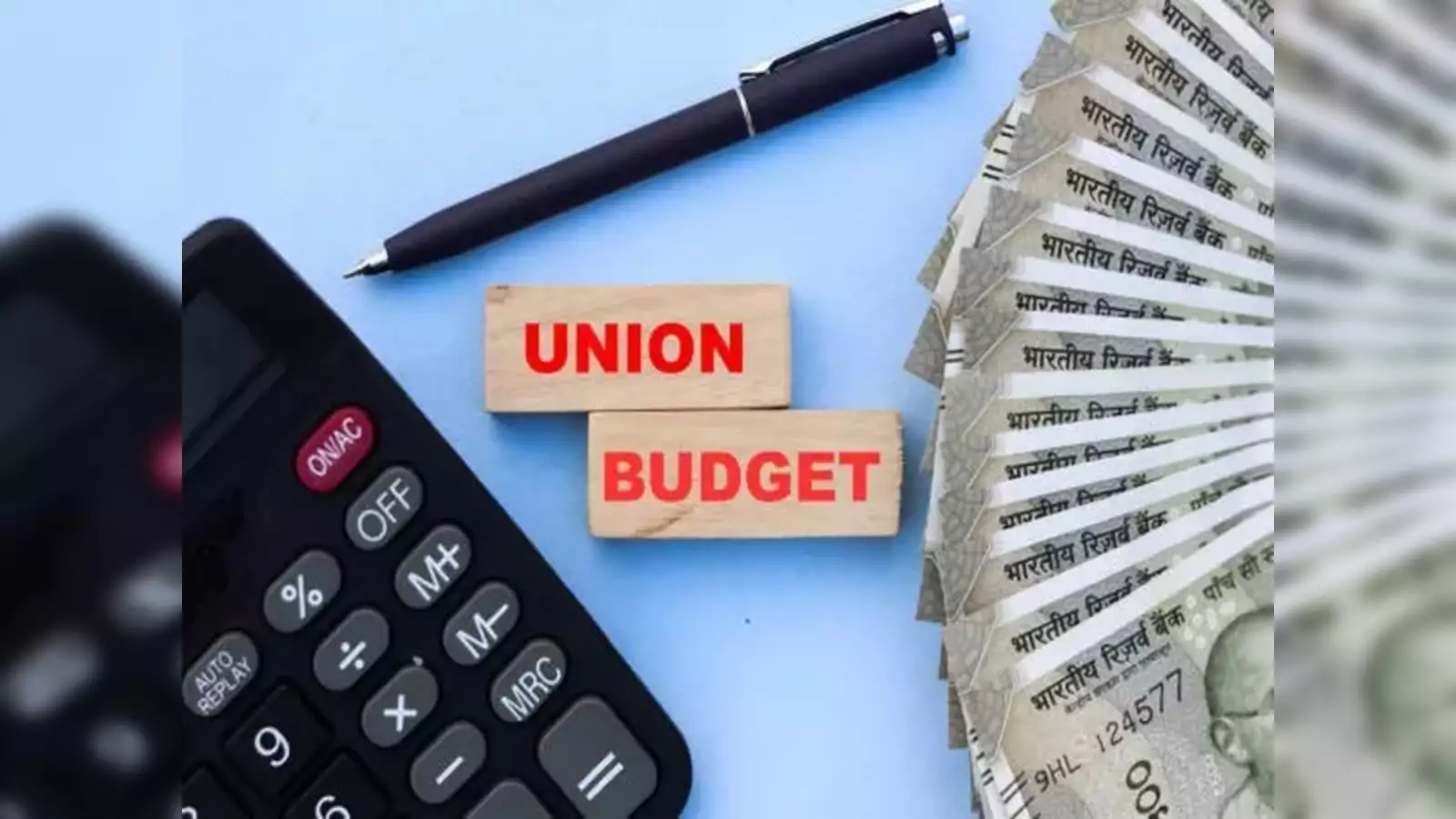
Starting July 1, the government has increased the price of natural gas supplied by ONGC and Oil India Ltd to $6.89 per unit (measured in million British thermal units or mmBtu). This price hike is mainly due to rising global oil prices caused by the recent Israel-Iran conflict.
However, a price cap set by the government means that consumers will actually pay only $6.75 per unit. This results in a real increase of just 34 cents, or about 5%, from last month’s price of $6.41.

This “legacy gas” is mostly used by city gas distributors to supply CNG (Compressed Natural Gas) for vehicles and PNG (Piped Natural Gas) for homes, as well as by fertiliser companies. Since city gas networks meet 40–50% of their gas needs through this legacy supply, their profit margins may shrink.
It’s still unclear whether CNG providers will pass this extra cost to consumers by increasing CNG prices, or wait until the next price update. Fertiliser companies won’t be affected because the government offers subsidies in that sector.
Read more: Petrol Pumps to Stop Providing Fuel to These Vehicles Starting July 1 — But Why?
Last month, gas prices had dropped below the cap for the first time in two years, thanks to low oil prices in May. Before that, the price always stayed at the capped level even when the notified prices were higher.
Under the new pricing formula introduced in April 2023, gas from ONGC and Oil India’s old fields is priced at 10% of the average monthly price of India’s crude oil imports (known as the Indian Basket). But this formula also includes a minimum and maximum limit to protect both producers and consumers.












